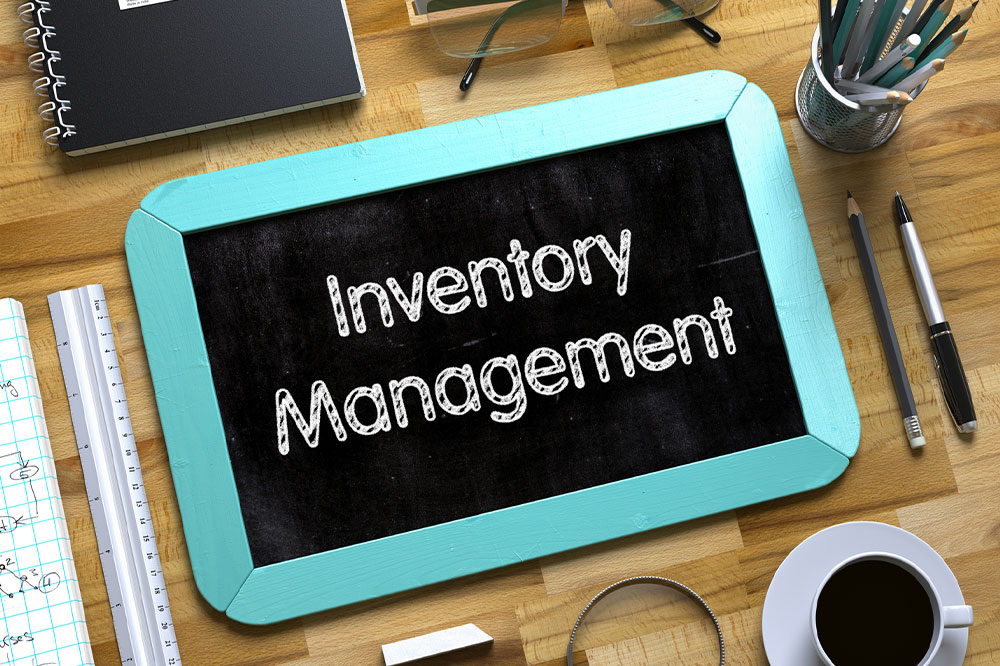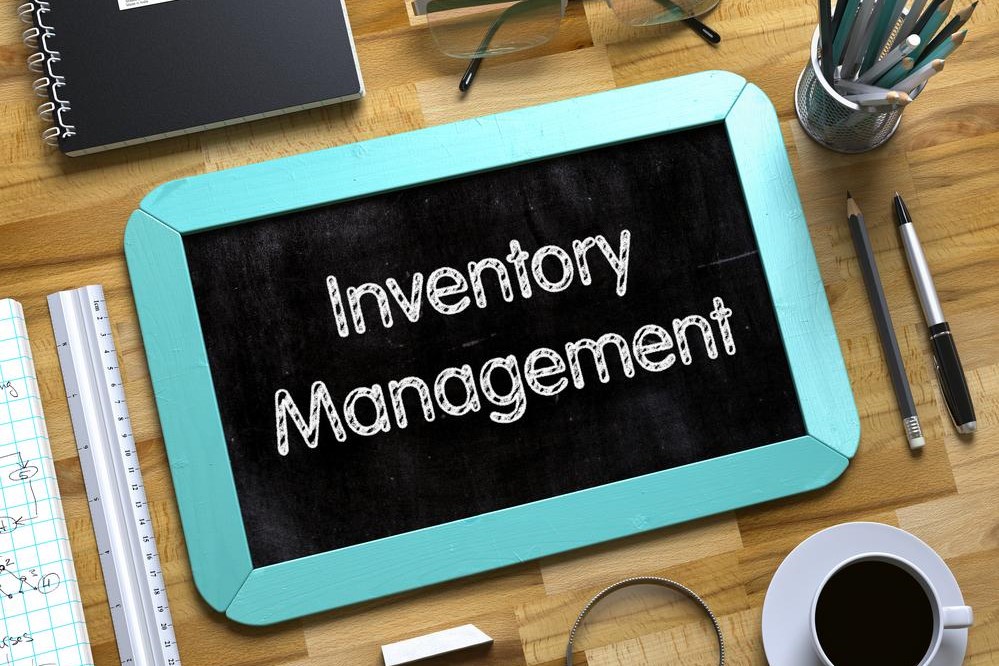Comprehensive Guide to Inventory Control and Optimization
This article provides a comprehensive overview of inventory control systems, highlighting their essential components, benefits, and best practices. It explains how such systems streamline inventory tracking, facilitate accurate reordering, and improve overall efficiency. The guide covers warehouse management features, popular software options, and key implementation strategies, making it a valuable resource for businesses aiming to optimize their inventory processes and enhance operational productivity.

Comprehensive Guide to Inventory Control and Optimization
An inventory management system is essential software that helps businesses monitor stock levels, process orders, track sales, and coordinate deliveries. It is widely used across manufacturing sectors to generate work orders, Bills of Materials, and other production documentation. By implementing such a system, companies can prevent overstocking or shortages. Essentially, it replaces manual records or spreadsheets with an organized platform for managing inventory data. Key components include reorder points, asset tracking, service management, product identification, and inventory optimization.
Here's an overview to help understand how inventory control systems work.
What constitutes a complete inventory control system?
An effective system identifies each inventory item along with related details such as barcode labels or asset tags.
It incorporates hardware like barcode scanners or smartphones with scanning apps to read labels.
Core software functionalities include maintaining a centralized database, generating comprehensive reports, analyzing data trends, and forecasting future demand.
It also involves established processes and policies for labeling, documentation, and reporting, utilizing methodologies like Just-in-Time, ABC analysis, FIFO, or stock reviews.
Staff trained in these policies are vital to ensuring the system’s success.
Advantages of an inventory management system
Without an organized system, inventory-related activities can become chaotic, affecting overall operations.
The system centralizes records for each asset and inventory item, providing a clear overview.
It offers detailed location data, supplier information, and current stock levels for every product.
Tracking stock movement allows organizations to identify fast or slow-moving items, facilitating accurate reordering.
Overall, benefits include improved cash flow, better reporting, reduced storage and labor costs, minimized dead stock, enhanced transparency, and stronger vendor relationships.
Understanding warehouse inventory management
Warehouse management involves specialized features focused on item location.
Efficient warehouse systems enable quick and easy retrieval of items.
Common features include advanced barcode support (QR codes included), multi-location tracking, shelf and bin management, and order fulfillment support.
This system helps in reordering supplies and preparing stock for customer orders.
Setting restocking thresholds ensures that critical items are always available.
Top inventory management software options
Zoho Inventory
HDPOS Smart Accounts & Billing
MARG ERP 9+ Inventory System
CAMS Exact Inventory Solutions
Astral Inventory Management
EAMbrace Inventory System
Best practices for effective inventory systems
Success depends on setting up the system with clear location labels, unique identifiers, measurement units, initial counts, and policies.
Choosing a comprehensive software that monitors and tracks activity is crucial.
Implementing a well-structured system requires attention to people, processes, and technology integrated from start to finish.
Following these best practices ensures efficiency and long-term benefits, making the investment worthwhile.









